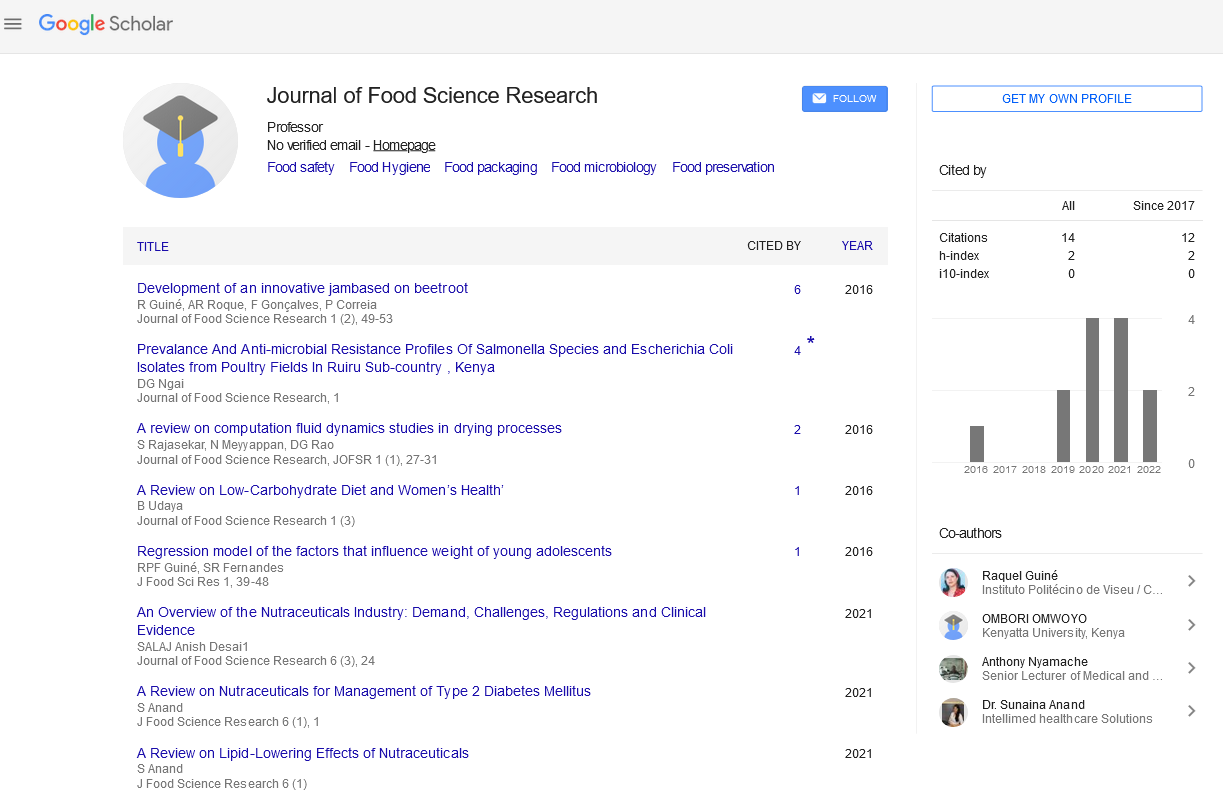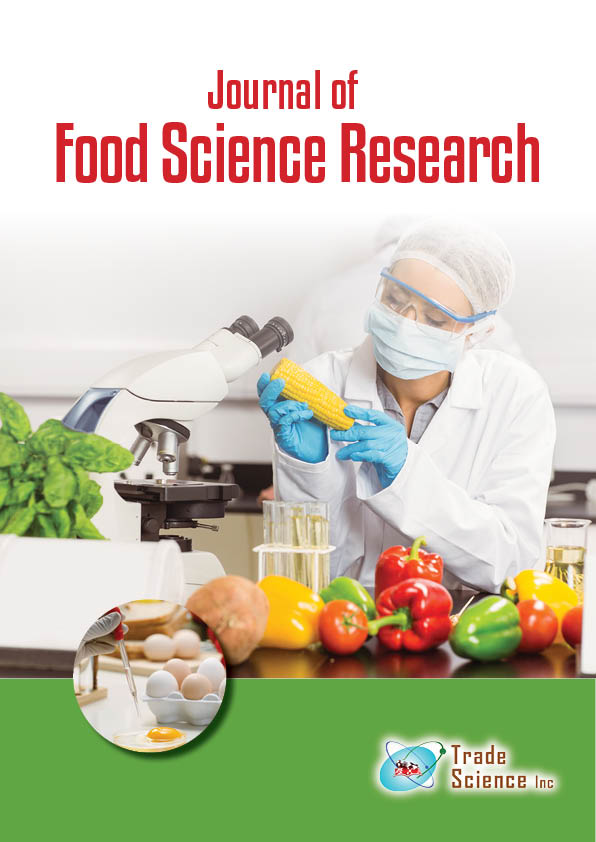Abstract
Food and nutrition challenges and opportunities
Author(s): Said Fatouh HamedThe 17 United Nations Sustainable Development Goals (SDGs) provide out a roadmap for current and future generations to achieve long-term global development. SDG-2 focuses on food security and nutrition, with specific goals of attaining zero hunger, food security, eradicating all types of malnutrition, and supporting sustainable agriculture. A complementary objective, SDG-12, encourages responsible production and consumption. Our ability to meet these objectives will necessitate some reflection on current and future food production, global nutrition, and health. Agricultureâ??s advancements, particularly biotechnology, have led to significant improvements in food security, nutrition, poverty reduction, employment, and overall development. Total food production has tripled since 1945, and average caloric availability has increased by 40%. These advancements, known as the Green Revolution, have resulted in increased food availability as well as substantial public health benefits, such as a considerable reduction in protein/ calorie malnutrition. These achievements, however, have come at the expense of agricultural resources and the environment. They have had a negative influence on water and land resources while also contributing significantly to greenhouse gas (GHG) emissions. Many public health issues have worsened, as indicated by major increases in obesity and accompanying comorbidities; also, micronutrient deficiency continues to affect a large section of the worldâ??s population. The task ahead is to start a â??greener green revolutionâ? that improves agricultural production and public health while also conserving natural resources.

